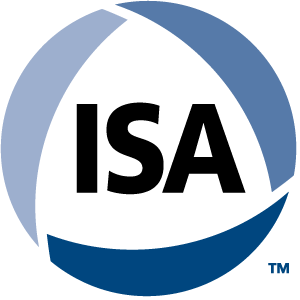Companies Must Be Attentive to Identifying Weaknesses
Honda and Natura, two publicly traded companies, recently confirmed that they had each suffered a cyberattack.
At Honda, global production of automobiles and motorcycles was suspended to ensure that quality control systems were not compromised. Although most plants have resumed operations, operations in four countries were paralyzed for longer because ransomware would have harmed production systems.
The Brazilian brand Natura reported that some systems in its IT environment were affected, which partially interrupted operations. On 12 June, 2020, Avon—one of Natura & Co.’s brands—was still evaluating the extent of the attack and said it planned to resume activities on some of the systems later that week.
News like this tends to be more and more recurrent as the “attack surface” expands—that is, the greater the digitization of business processes, the more likely it is that digital criminals will attack.
“This attack surface is directly proportional to the number of digitalized services and the level of connectivity of companies,” says TI Safe CTO Thiago Branquinho. “In addition, the SEC and CVM, responsible for the capital markets in the United States and Brazil, respectively, have clear guidelines that listed companies need to disclose. Relevant facts to the market and cyber incidents are part of the package.”
In the past three years since WannaCry, cyberattacks have improved. New vulnerabilities are being exploited. Data, in addition to being encrypted, is also stolen. The forms of distribution of malware have expanded with “fileless” attacks—in which no copies of files are made to the victim's machine, making identification difficult, and backup storage becomes a measure to prevent the system from returning to operation.
Experts say that ensuring security for companies’ computer networks is as important as property and work security. “When it comes to business assets, you immediately remember material goods and human beings. Processes, data, and information are part of this triad of security required in the corporate world. The efficient viability of digital processes depends on cybersecurity,” says Thiago.
Weaknesses
The sophistication of techniques, tactics, and intrusion procedures require companies to pay attention to threats and identify weaknesses in the infrastructure that leave loopholes for cyberattacks.
People, technology, and services form the basis of protecting the operations of critical infrastructure industrial systems. Therefore, attention to individuals is essential. Training employees, establishing authorization levels for access to information, and investing in the improvement of IT and TA professionals are ways to protect one end of a company’s vulnerabilities.
We recommend the adoption of some additional measures regarding individuals with access to a company's networks:
- Establish the principle of least privilege—users must access only what is necessary to carry out their work
- Make users aware not to open emails from unknown sources, and be wary of attachments from known sources
- Have a strict policy of using third-party machines and remote access to the network—ideally, these networks should be segregated from the corporate environment by a next-generation firewall
- Perform continuous monitoring of IT and TA security tools to continuously improve controls
Interested in reading more articles like this? Subscribe to the ISAGCA blog and receive weekly emails with links to the latest thought leadership, tips, research, and other insights from automation cybersecurity leaders.




